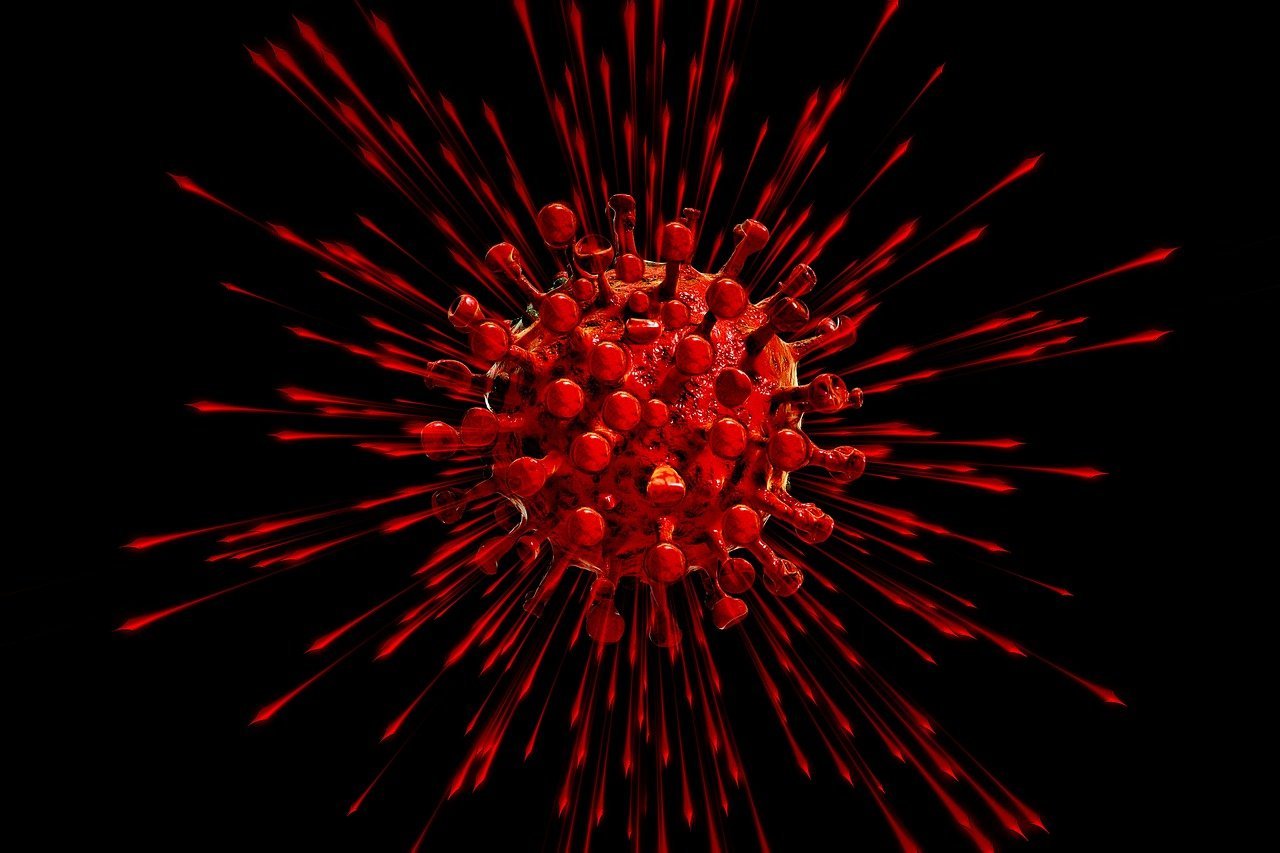According to the latest statistics on the COVID-19 epidemic released by the Ministry of Health of India on the 19th, as of that morning, the total number of confirmed cases nationwide had exceeded 10 million, becoming the second country after the United States to have more than 10 million confirmed cases. Although the spread of the novel coronavirus in India has slowed down, the prevention and control situation is still grim. Moreover, India still faces multiple challenges in promoting the distribution and vaccination of COVID-19 vaccines.
According to the data, as of 9:00 a.m. local time on the 19th, the cumulative number of confirmed cases in India has reached 10004,599, with a total of 145,136 deaths, 25,152 new confirmed cases and 347 new deaths in the past 24 hours.
Previously, the increasing number of confirmed cases in India peaked at 97,860 on September 16, and the cumulative number of confirmed cases exceeded 5 million that day. Subsequently, the time taken for each million additional cases began to increase, from 5 million to 6 million cases in 12 days, while the recent increase of 1 million cases took 29 days, indicating a slowdown in the spread of the epidemic. Over the past week, the number of confirmed cases in India has stabilized at 20,000 to 30,000, a significant decline from the peak.
The Epidemic Research Committee of the Ministry of Science and Technology of India said recently that according to the model developed by the committee, India will not have an epidemic peak in the future. With more cured cases per day than new confirmed cases, the number of existing cases in India is expected to decline steadily to a lower level. However, the Indian media believe that the government and the people are too optimistic about the current epidemic situation. Professor Agrawal, a member of the committee, was quoted as saying that the self-discipline of the general public in complying with the government’s call to wear masks is poor, and the epidemic has been potentially spreading among the population and causing widespread infection.
The Indian government is also aware of the existence of this problem. In order to effectively control the epidemic, India has intensified its efforts to improve its COVID-19 testing capacity since the end of July. According to the latest data of the Indian Medical Research Council, as of the 18th, the cumulative number of tests in India exceeded 160 million, and the average daily detection capacity was basically stable at about 1 million.
At present, many countries around the world are launching COVID-19 vaccination work one after another. India faces multiple challenges in storage, logistics and other aspects of COVID-19 vaccine distribution and vaccination. According to India’s Business Standard, India may start vaccination in January next year.
India’s current production capacity for the coronavirus vaccine can meet domestic and export demand, but some analysts point out that infrastructure and cold chain transportation capacity are the real bottlenecks in India’s vaccine. Several Indian media believe that the conditions for transportation and storage of vaccines are very strict, requiring a strong industrial chain coordination, involving many fields such as pharmaceuticals, logistics and refrigeration.
Indian epidemiologist Shahid Jamil said in an interview with local media that the biggest challenge is cold chain management. If the coronavirus vaccine needs to be stored at minus 20 degrees Celsius to minus 70 degrees Celsius, India will have very limited storage capacity, let alone distribute it all over the country. He suggested that India should use vaccines that can be stored and transported at 4 to 10 degrees Celsius to the extent possible.
Sunil, CEO of India’s Snowman Logistics Company, said that no company in India is currently capable of transporting goods with storage temperatures below minus 40 degrees Celsius.
The COVID-19 vaccine developed by Pfizer Pharmaceuticals and German biotechnology company requires a storage environment of minus 70 degrees Celsius, which makes transportation difficult. India’s overall demand for COVID-19 vaccine is large and the vaccination region is wide, and the distribution and management of vaccines will be a difficult task.



